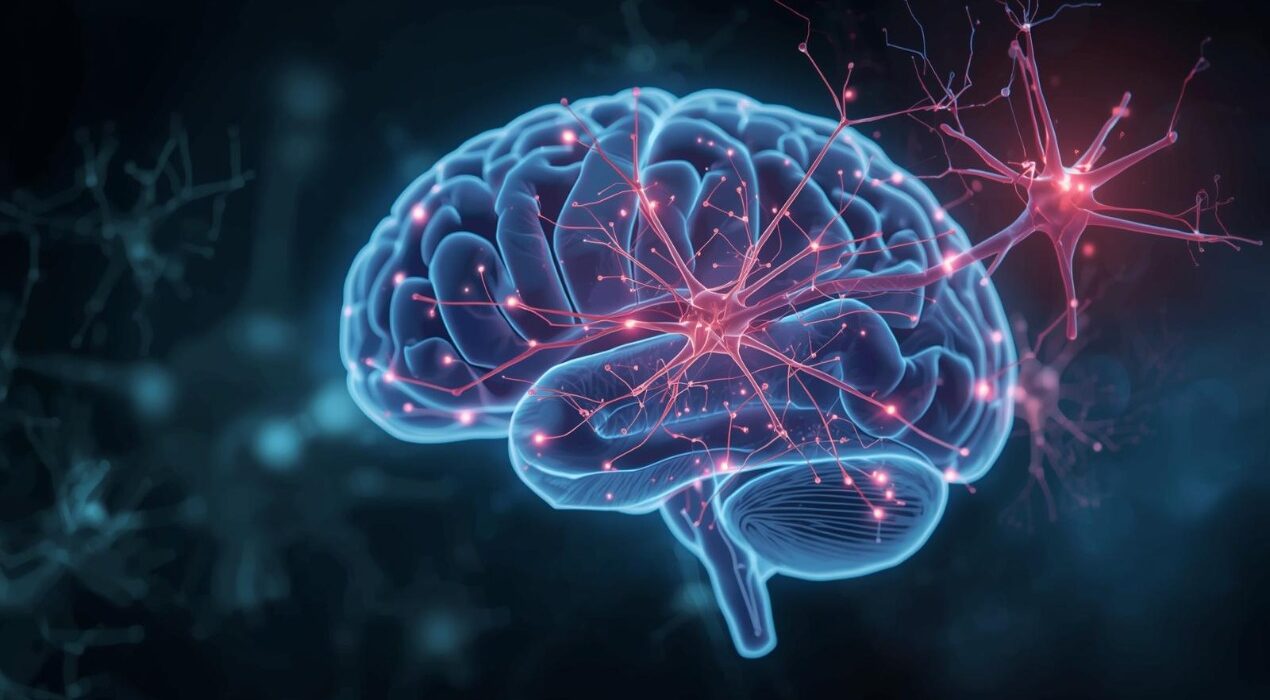Our brains don’t simply “store” motor skills like computer files—they actively build and reshape them as we practice. New Stanford research shows how scattered neural activity gradually reorganizes into stable, efficient networks, shedding light on how everyday movements become second nature and how this process may falter in Parkinson’s disease.
Led by Jun Ding, associate professor of neurosurgery and neurology at Stanford Medicine, the team investigated how neurons in the striatum and motor cortex form muscle memories. “Often we try to reactivate motor memories with a drug like L-Dopa, but if the memory actually is disrupted, that won’t work,” Ding explained. “So we actually need to think about what’s the most efficient way to reactivate the system and regain the ability to learn.”
In one study published in Cell Reports, researchers trained mice to run on a spinning wheel. Initially, their neurons fired in random patterns. Over time, these signals condensed into smaller, more reliable networks, marking the formation of muscle memory.
A second study, published in Nature, examined synapses connecting the motor cortex to the striatum. At first, the connections were inconsistent—some synapses passed signals while others didn’t. But as mice learned to press a lever for water, the networks refined, becoming more synchronized and efficient.
The findings suggest that Parkinson’s disease may not only block access to motor memories but also destabilize the memories themselves. This could reframe treatment approaches—shifting focus from reactivation to stabilizing neural networks.
Future research will test whether therapies combining synapse stabilization with dopamine-based treatments during physical therapy could restore lost skills. As Ding noted, “The next step is to look at mouse models of Parkinson’s and see what we can learn.”
Stanford Breakthrough Reveals How the Brain Builds Muscle Memory—and Offers New Clues for Parkinson’s Treatment






